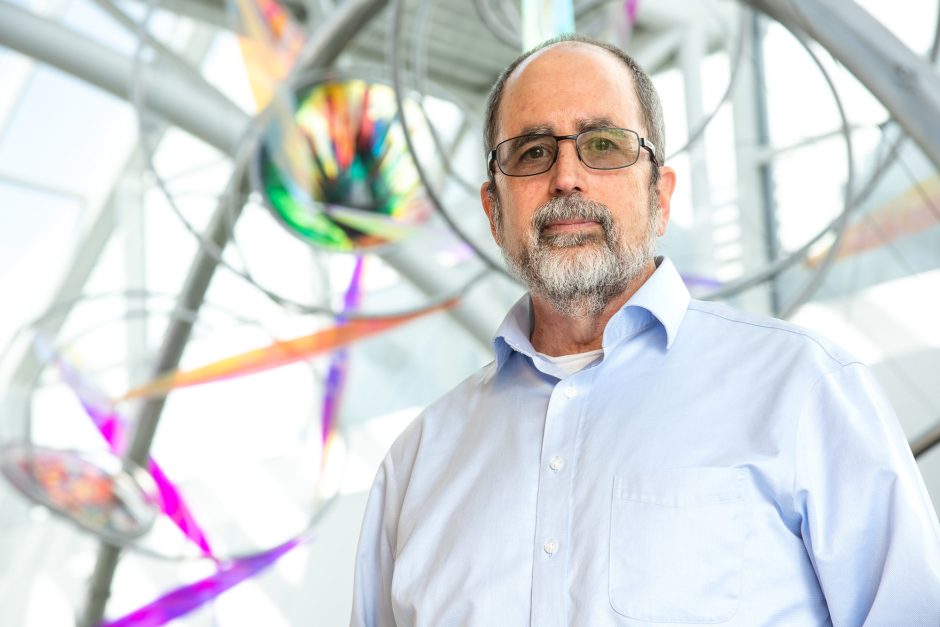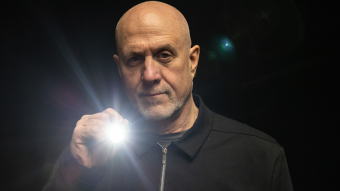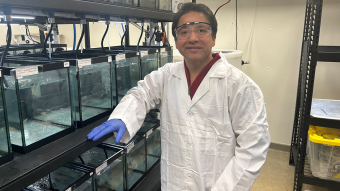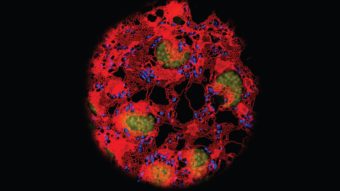
July 9, 2024
Whether it’s seen in the strength of a handshake or the sureness of movement, aging brings muscle weakness. That atrophy is no accident, and it traces back to how cells decline in function as we get older.
University of Missouri plant biologist Ron Mittler and his lab found a distinct cellular reason that helps explain this weakness.
His research revealed that a muscle cell’s mitochondria fail to generate enough energy for skeletal muscles due to one missing iron–sulfur protein within the mitochondria. This understanding could one day help lead to treatments for diseases such as Duchenne muscular dystrophy — the most common type of muscular dystrophy in children — and muscle deterioration associated with aging.
“We followed the phenotype, the muscle weakness in our mice, to this protein,” said Mittler, a principal investigator at Mizzou’s Bond Life Sciences Center. “What we found is that CISD3 proteins — also found in our bodies — are important for regulating the levels of iron in the mitochondria, and previously nobody knew what they were doing.”
Working with specialized equipment at the Roy Blunt NextGen Precision Health building helped Mittler and his team examine the metabolic function in skeletal muscle cells in more detail.
This isn’t the first time Miller has studied iron-sulfur proteins. He first happened upon the protein family in 2007 after he received a National Science Foundation grant to study proteins of unknown function. Over the years, Mittler’s research on iron-sulfur proteins has taken him from focusing solely on plants to cancer and muscles. Regardless of species, all this knowledge of sulfur-iron proteins has given him the information and experience to pursue applications.
As founder of a startup called MitoMed, whose goal is to develop drugs based on these sulfur-iron proteins, Mittler is leading the charge for advances in this space.
“I’m trying to develop drugs to fight cancer because I think, for us, this is what will make a big difference,” he said. “We already have one type of drug with almost no side effects; we’ve done all the mouse work, and the idea now is to get this to clinical trials.”
His latest paper “CISD3/MiNT is required for complex I function, mitochondrial integrity, and skeletal muscle maintenance” was published in Proceedings of the National Academy of Sciences in May 2024.
Read more from the Bond Life Sciences Center


